
University of Arizona

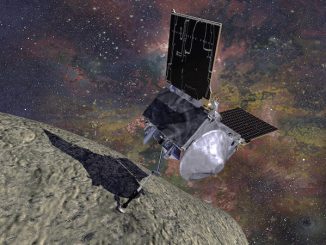
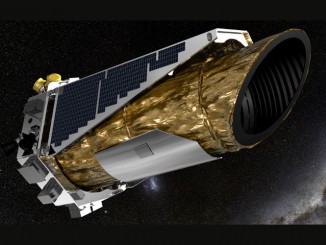
NASA’s Kepler space telescope confirms 100+ exoplanets during its K2 mission
More than 100 confirmed exoplanets — the biggest haul of worlds uncovered by the stabilised and repurposed Kepler space telescope in its K2 mission — is reported by an international science team led by the University of Arizona. Excitingly, the new population includes many worlds that could be rocky and cool enough to potentially support life.
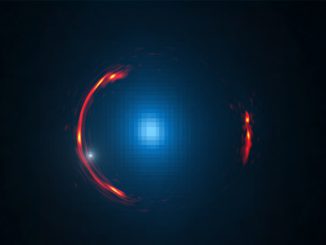
Dwarf dark galaxy hidden in ALMA gravitational lens image
Subtle distortions hidden in a stunning Atacama Large Millimetre/submillimetre Array (ALMA) image of the gravitational lens SDP.81 are telltale signs that a dwarf dark galaxy is lurking in the halo of a much larger galaxy nearly 4 billion light-years away. This discovery could help astronomers address important questions on the nature of dark matter.
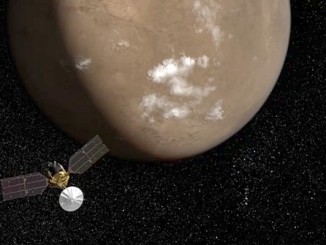
Ten years of discovery by NASA’s Mars Reconnaissance Orbiter
On 10 March 2006, NASA’s Mars Reconnaissance Orbiter (MRO) entered into orbit around the Red Planet. A decade later, with its six science instruments all still operating, MRO has delivered huge advances in knowledge about Mars, revealing in unprecedented detail a world that held diverse wet environments billions of years ago and remains dynamic today.
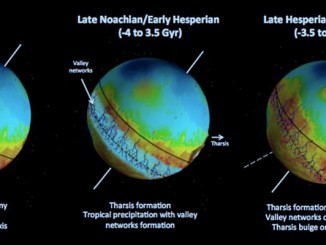
Great tilt gave ancient Mars a new face
Mars hasn’t always looked like it does today. Some 3 to 3.5 billion years ago, the planet underwent a huge tilt of 20 to 25 degrees. The gigantic Tharsis volcanic dome, which started to form over 3.7 billion years ago, grew so massive that it caused Mars’ crust and mantle to swivel around, shifting the Tharsis dome to the planet’s equator.
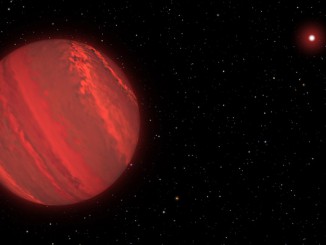
Hubble directly measures rotation of cloudy ‘super-Jupiter’ exoplanet
Astronomers using NASA’s Hubble Space Telescope have measured the rotation rate of an extreme exoplanet by observing the varied brightness in its atmosphere. The planet, called 2M1207b, is about four times more massive than Jupiter and is dubbed a “super-Jupiter.” This is the first measurement of the rotation of a massive exoplanet using direct imaging.

Stanford astronomers observe the birth of an alien planet
Stanford University researchers announce evidence of an exoplanet being born that could move us one step closer to understanding the process of planet formation around other stars. The alien planet, called LkCa 15 b, orbits a star 450 light-years away and appears to be on its way to growing into a world similar to Jupiter.

The Giant Magellan Telescope Organisation breaks ground in Chile
Leading scientists, senior officials, and representatives of an international consortium of universities and research institutions gathered on a remote mountaintop high in the Chilean Andes to celebrate groundbreaking for the Giant Magellan Telescope (GMT). The instrument is poised to become the world’s largest telescope when it begins early operations in 2021.

NASA confirms evidence that liquid water flows on today’s Mars
New findings from NASA’s Mars Reconnaissance Orbiter (MRO) provide the strongest evidence yet that liquid water flows intermittently on present-day Mars. Using an imaging spectrometer on MRO, researchers detected signatures of hydrated minerals on slopes where mysterious darkish streaks that appear to ebb and flow over time are seen on the Red Planet.
